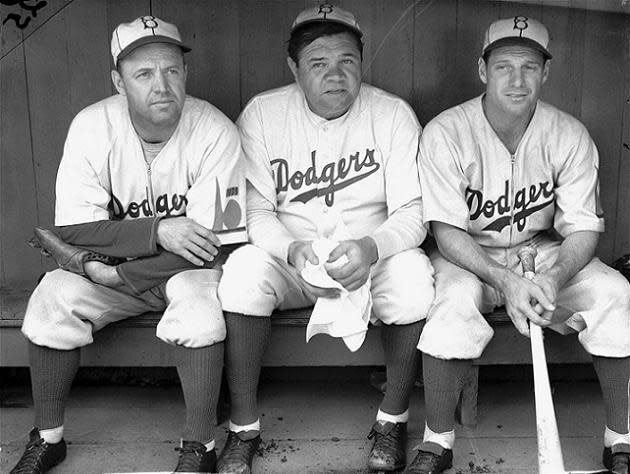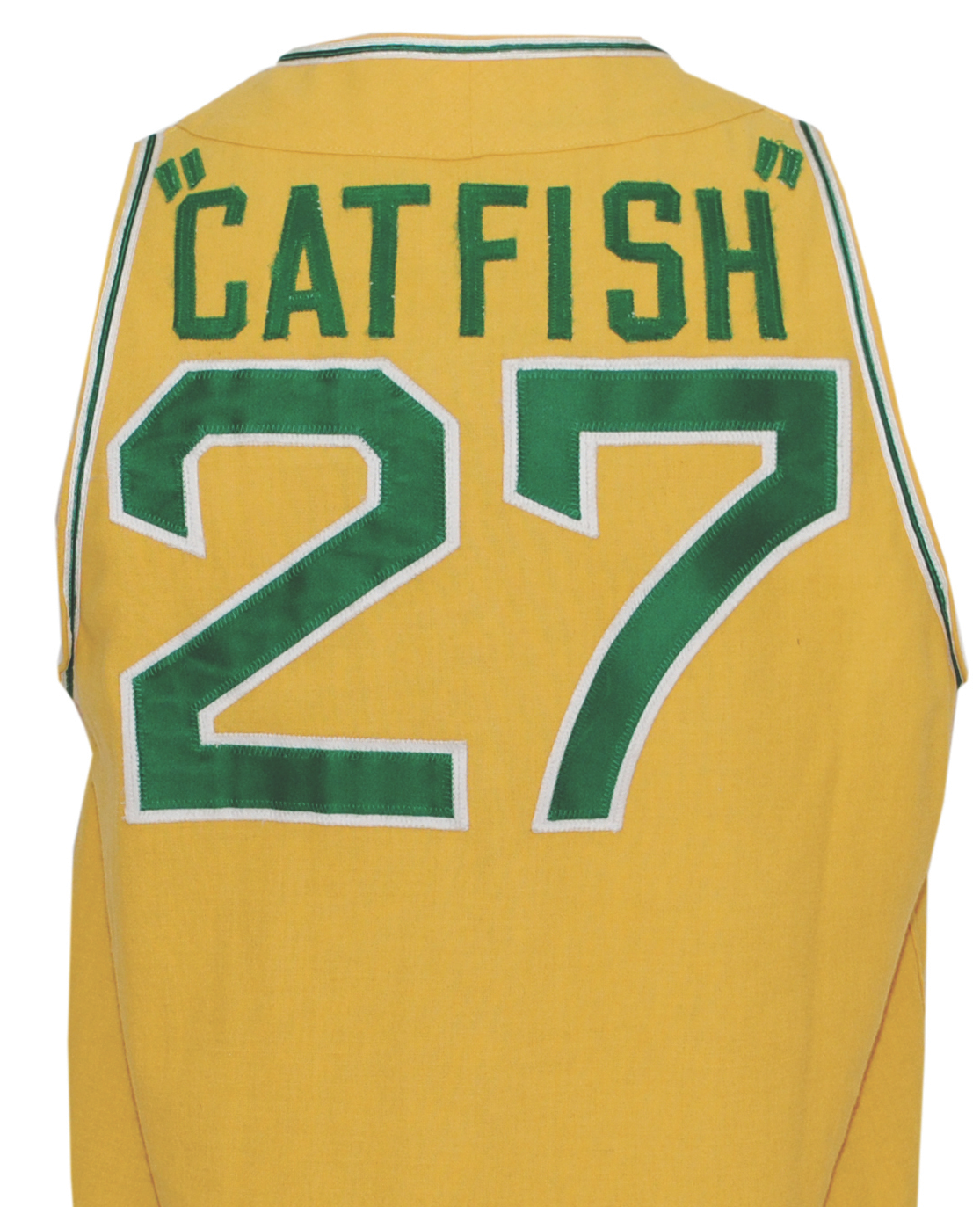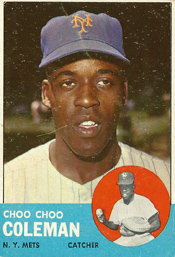2jakes
I'll Lock Up
- Messages
- 9,680
- Location
- Alamo Heights ☀️ Texas

I wonder how Mr. Mays felt about being the guy who threw the ball that killed Mr. Chapman?
I know it was most likely an accident (maybe, given that purposely throwing at batters was a form of intimidation, back in the day), but he still had to feel bad about killing Ray.
Rob
The strong foundation in action. Twenty-year-old Babe Ruth warms up before a game at Comiskey Park.
But for a quirk of fate, this man, Ray Chapman, shortstop for the Cleveland Indians from 1912 to 1920, would be remembered in the same breath as Jack Barry or Everett Scott on the list of quality but unspectacular middle infielders of the 1910s.

 John Lofgren Monkey Boots Shinki Horsebuttt - $1,136 The classic monkey boot silhouette in an incredibly rich Shinki russet horse leather.
John Lofgren Monkey Boots Shinki Horsebuttt - $1,136 The classic monkey boot silhouette in an incredibly rich Shinki russet horse leather.  Grant Stone Diesel Boot Dark Olive Chromexcel - $395 Goodyear welted, Horween Chromexcel, classic good looks.
Grant Stone Diesel Boot Dark Olive Chromexcel - $395 Goodyear welted, Horween Chromexcel, classic good looks.  Schott 568 Vandals Jacket - $1,250 The classic Perfecto motorcycle jacket, in a very special limited-edition Schott double rider style.
Schott 568 Vandals Jacket - $1,250 The classic Perfecto motorcycle jacket, in a very special limited-edition Schott double rider style. 




A few weekends back when baseball held the players weekend when players placed their nicknames on the jerseys . It struck how unimaginative the names. I found it sad. I know they have legal issues around trademarked names and the PC police but shamefully boring nonethelessLizzieMaine said:Names on the backs of uniforms were another innovation of old Sportshirt himself, Bill Veeck -- who put the names on the backs of ththite Sox in 1960.

Oh, that zany Veeck sense of humor.
Charlie Finley, who couldn't go to the toilet unless Bill Veeck did it first, had his own twist on player names -- when he adopted them, he insisted on using the players' nicknames until the league made him cut it out. If the player didn't have a snazzy nickname, he'd make one up.


A few weekends back when baseball held the players weekend when players placed their nicknames on the jerseys . It struck how unimaginative the names. I found it sad. I know they have legal issues around trademarked names and the PC police but shamefully boring nonetheless
You just don't see a lot of great nicknames like Pickles Dillhoefer anymore.
Some guys definitely throw a "heavy" fastball. I've caught a few knuckleballers, and I wouldn't recommend it. I think the old "wait til it stops rolling then pick it up" is the best way to catch the knuckler.
I remember one pitcher I caught who had a terrific overhand curve...a real 12-6er. If I had a nickel for every time it bounced and came up and hit me right on the inside of the forearm...It was a great pitch, but it left me constantly in bruises.


